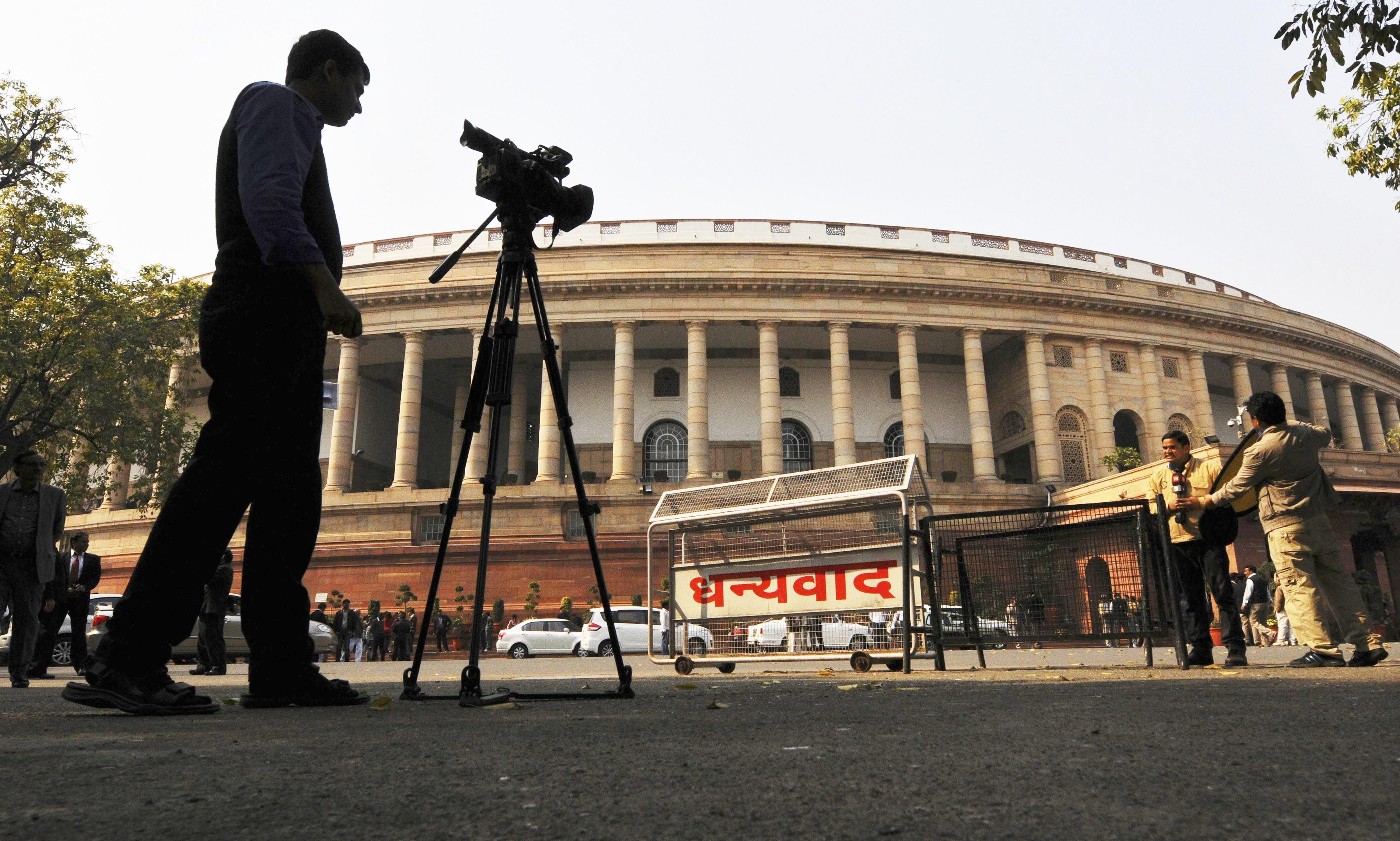
As the Centre sits on the recommendations for appointment of judges reiterated by the Collegium resulting in a huge backlog of cases in courts, the Supreme Court has pulled up the government for not following the timeline fixed by the court in the matter, writes Mudit Mathur
What will happen to judicial independence and fairness if the government, which is a vital litigant before constitutional courts, wants to play a significant role in the appointment of judges? The judicial fraternity is not in favour of compromising judicial independence, but persistent efforts are on to undermine the landmark judgement of Kesavananda Bharati that put a check on the unbridled misuse of legislative powers.
Vice President Jagdeep Dhankhar reignited ongoing controversy over doctrine of separation of powers evolved by Supreme Court in its landmark judgement of Kesavananda Bharati that ruled,“Parliament had the authority to amend the Constitution but not its basic structure,” and remarked, “It will be difficult to answer the question: are we a democratic nation?”
In his inaugural address of 83rd All India Conference of Presiding Officers in Jaipur, Dhankhar described India as the ‘Mother of Democracy’ and stressed that the essence of democracy lies in the prevalence of the mandate of the people and securing their welfare. Stating that in a democratic society, ‘the basic’ of any ‘basic structure’ is the prevalence of supremacy of the mandate of people. He further highlighted that the legislative sovereignty of Parliament is inviolable and will writ large as provided by our constitution.
Dhankhar again raised the issue of the powers of the judiciary in relation to the legislature, highlighting the 2015 decision of the Supreme Court to strike down the National Judicial Appointments Commission Act (NJAC). Earlier in Rajya Sabha Dhankhar termed the striking down of the NJAC Act a “severe compromise” of parliamentary sovereignty and disregard of the “mandate of the people”.
“It was in 1973, in the Kesavananda Bharati case, the Supreme Court evolved for the first time, the right of the courts to strike down constitutional amendments that violated what it called the “Basic Structure”, or the fundamental architecture of the Constitution. In subsequent years, the highest court delivered significant rulings on matters that it held pivotal to this “Basic Structure” and in the process parliamentary sovereignty was compromised,” he remarked.
And what exactly was the NJAC?
The Constitution (99th Amendment) Act, which established the NJAC and the NJAC Act, was passed by Parliament in 2014 to set up a commission for appointing judges, replacing the Collegium system. This would essentially increase the government’s role in the appointment of judges.
The NJAC was to comprise the Chief Justice of India as the ex officio Chairperson, two senior-most Supreme Court Judges as ex officio members, the Union Minister of Law and Justice as ex officio member, and two eminent persons from civil society — one of whom would be nominated by a committee consisting of the CJI, Prime Minister and the Leader of Opposition in the Lok Sabha, and the other would be nominated from the SC/ST/OBC/minority communities or women. The laws were repealed in October 2015 after the Supreme Court struck them down.
What is collegium system?
The Supreme Court of India has evolved the principle of judicial independence and led to a collegium system for recommending appointments of judges in accordance with three judgements SP Gupta vs Union of India (1981), the Supreme Court Advocates-on Record Association vs Union of India (Second Judges case) (1993) and Article 143(1) … vs Unknown (Third Judges Opinion) (1998).
Presently, the Centre can accept or reject recommendations made by the collegium system but, if a recommendation is reiterated, the government is bound to accept it. More recently, this consensus has given way to a stalemate, as the Centre stalls recommendations reiterated by the Collegium resulting in a huge backlog of cases in High Courts and Supreme Court due to vacancies of judges.
The tussle between executive and judiciary over delay in appointment irked the Supreme Court and it pulled up the government for not following the timeline laid down in the Second Judges Case. A three-judge bench, presided over by Justice S K Kaul, also asked Attorney General R Venkataramani to advise Union ministers who are criticising the Collegium system to control themselves.“You must advise them to exercise some control,” observed Justice Vikram Nath.
Meanwhile, the Supreme Court collegium on 10th January recommended names for appointment as judges in Bombay, Karnataka, Andhra Pradesh, Gauhati and Manipur High Courts. The collegium headed by Chief Justice of India D.Y. Chandrachud, also resolved to reiterate its earlier recommendation to elevate advocate Nagendra Ramachandra Naik as a judge of the Karnataka High Court.
These collegium resolutions have come within days of Attorney General R. Venkatramani informing the Supreme Court that the government would adhere to timelines fixed by the court to process recommendations for judicial appointments in High Courts. However, the war of supremacy between executive and judiciary is not going to rest calmly.













